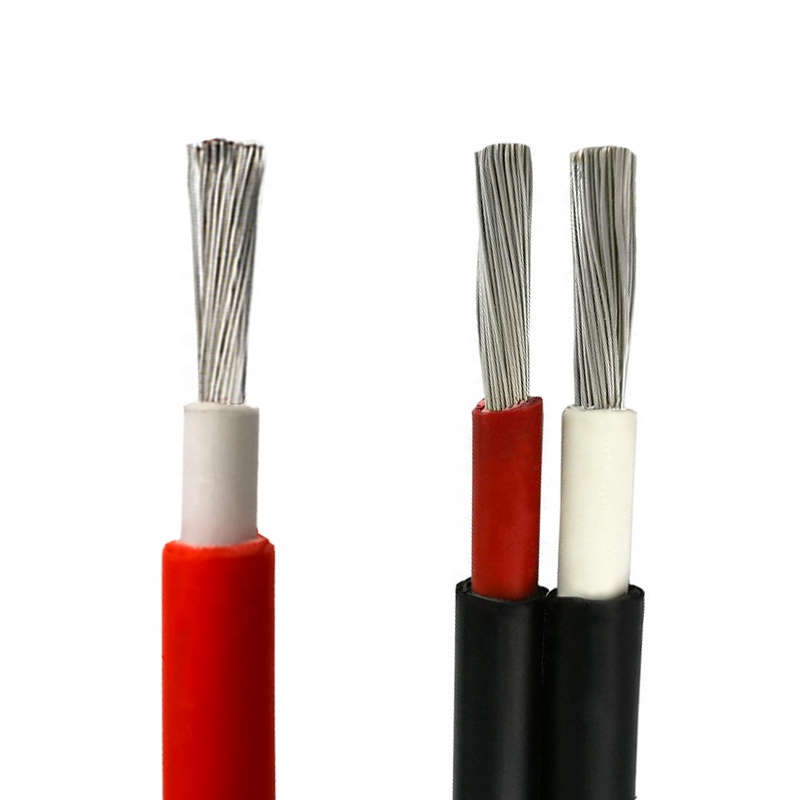 Author: Joey Wan
Author: Joey Wan  August 26,2022
August 26,2022
Most of the DC cables used in photovoltaic power plants work outdoors for a long time. Due to the limitation of construction conditions, connectors are mostly used for cable connection. Cable conductor materials can be divided into copper core and aluminum core.

The copper core cable has the characteristics of better oxidation resistance than aluminum, long life, better stability, low voltage drop and low power loss; in construction, due to the good flexibility of the copper core, the allowable bending radius is small, so it is convenient to bend and pass through the tube.
It is easy; and the copper core is fatigue-resistant and not easy to break after repeated bending, so the wiring is convenient; at the same time, the copper core has high mechanical strength and can withstand large mechanical tension, which brings great convenience to construction and laying, and also creates conditions for mechanized construction .
On the contrary, the aluminum core cable, due to the chemical characteristics of aluminum, is prone to oxidation (electrochemical reaction) in the installation joint, especially the creep phenomenon, which is easy to cause failure.

Therefore, solar cables have outstanding advantages in the use of photovoltaic power stations, especially in the field of direct buried cable power supply. It can reduce the accident rate, improve the reliability of power supply, and facilitate construction, operation and maintenance. This is the reason why copper cables are mainly used in underground cable power supply in China.
Photovoltaic cables are mainly used in outdoor environments. TUV photovoltaic cables can be used to connect photovoltaic system equipment outside the building and electrical equipment inside the building. From the performance requirements of the cable in the use environment, the optical cable integrates three requirements.
1. For the requirements of the flame retardancy of cables, this requirement is usually only put forward for indoor cables.
2. Outdoor cables should have the requirements of UV aging resistance, moisture resistance, high and low temperature resistance, etc.
The photovoltaic power station is a photovoltaic special cable with the following characteristics: The high temperature and voltage resistance value reaches 1000V Corrosion resistance and weathering resistance The insulating layer is 2-3 times thicker than ordinary cables. The photovoltaic power station needs to determine the cable line according to the current value of the string The distributed power station uses a single string to directly connect the inverter in series. Generally, the current value of a single string does not exceed 9A, and the photovoltaic cable of 2.5mm2 or 4mm2 is used.
